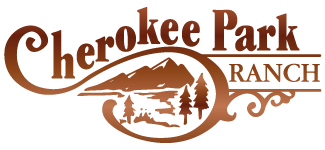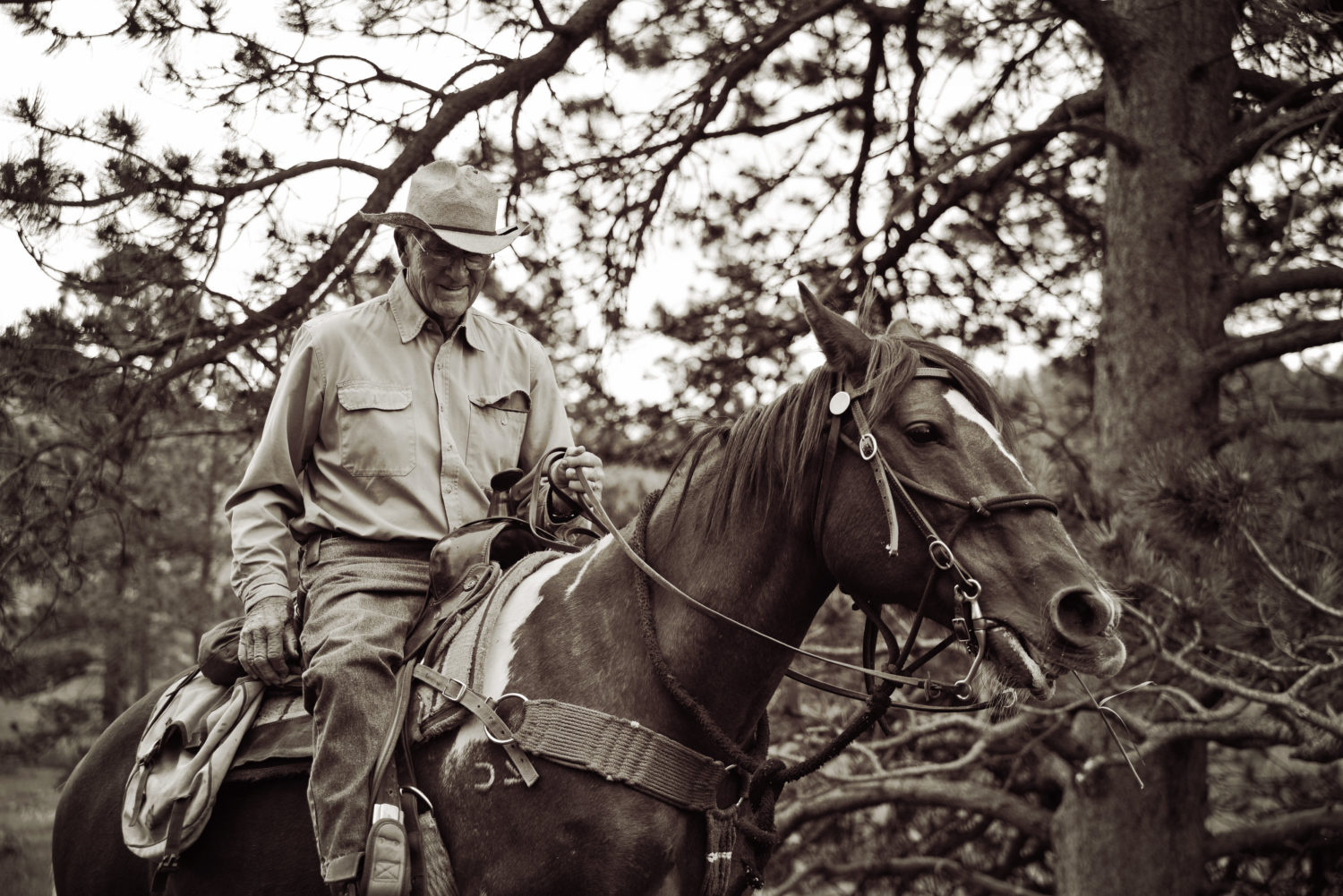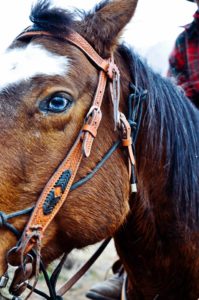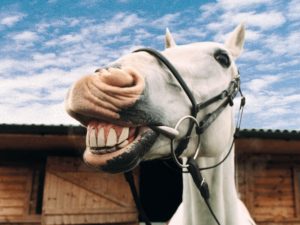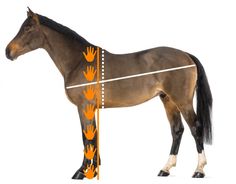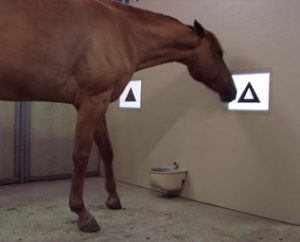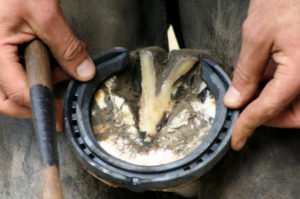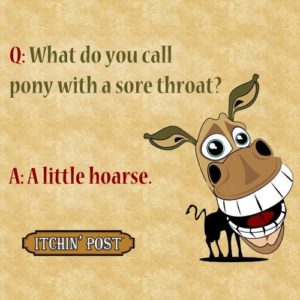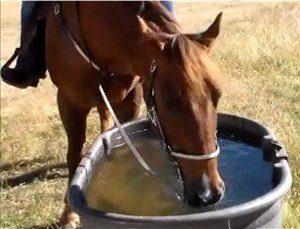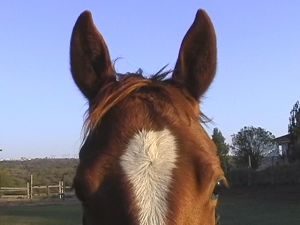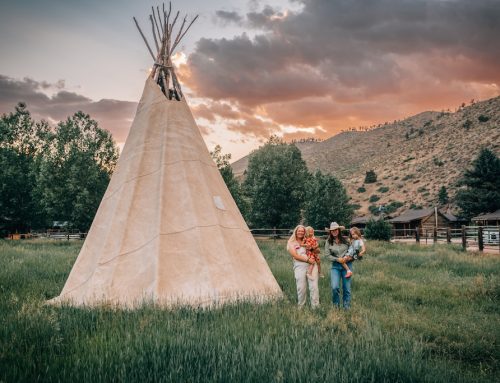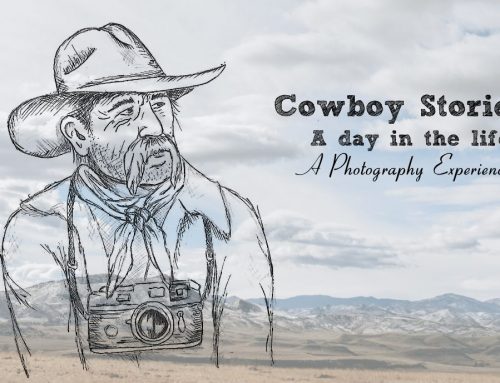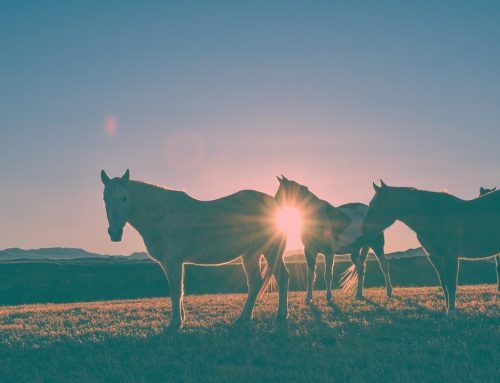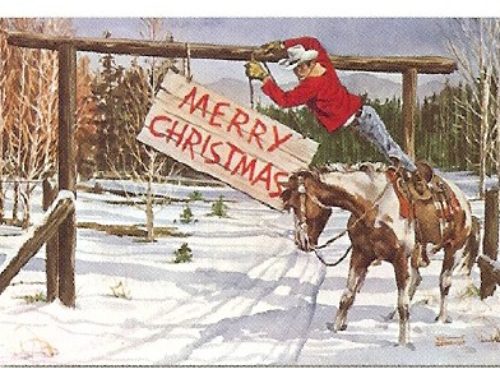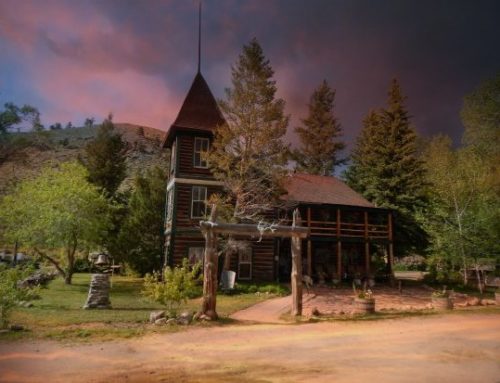While we have a lot of options to chose from, let’s face it – we all know that the favorite animal of Cherokee Park Ranch is horses! What you might not know about horses though is what caught my attention. There are a ton of interesting horse facts that we get asked about all the time so I thought I’d make a list and share:
| 1. Horses have great eyesight. They have the biggest eyes of any land mammal and are up to 9 times larger than human eyes! Contrary to popular belief, horses are not colorblind but they do have trouble seeing shades of purple.
A horse has a wide range of vision. A horse can see completely around its entire body except for small blind spots directly in front of its face, underneath its head, and directly behind itself. This is why it’s very important not to walk up right behind a horse – you are in its blind spot and if you startle it, you may get kicked. Most of the time, a horse has “monocular” vision. This means a different image is seen by each eye so that a horse is seeing two different pictures at the same time. A horse can also have “binocular” vision. Binocular vision is when both eyes work together to see one picture (humans have binocular vision). A horse only has binocular vision when it is looking down its nose.
|
| 2. A horse’s teeth take up more space in their head than their brain.
Horses need their teeth brushed too…well sort of. Its called “floating.” Horses teeth are constantly growing and this sometime leads to having some sharp edges in their mouth. A power float was made specifically for floating horses teeth by grinding down those sharp edges.
|
| 3. Horses are measured in units called ‘hands.’ The measurement ‘hand’ is 4 inches because that was considered to be the average width across a mans knuckles.
|
| 4. Horses have a wonderful memory. It’s just as good as the elephant, if not better!
|
| 5. The word ‘farrier – one who shoes horses’ comes from the Latin ferririus, “iron worker.”
|
6. Horses have a slew of names they go by:
|
| 7. Horses drink at least 25 gallons of water a day and produce approximately 10 gallons of saliva a day!
|
| 8. Horses have 16 muscles in each ear, allowing them to rotate their ears 180 degrees.
Horses use their ears, eyes and nostrils to express their mood. They also communicate their feelings through facial expressions.
|
